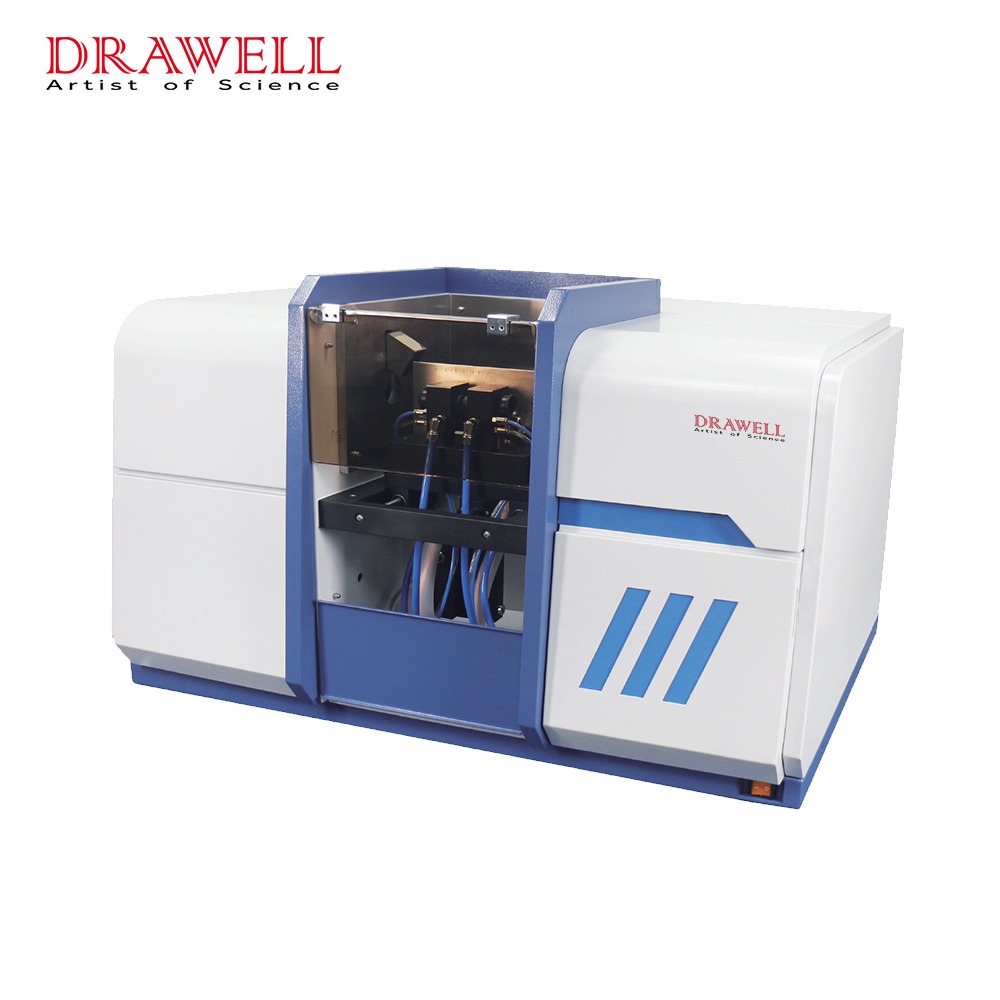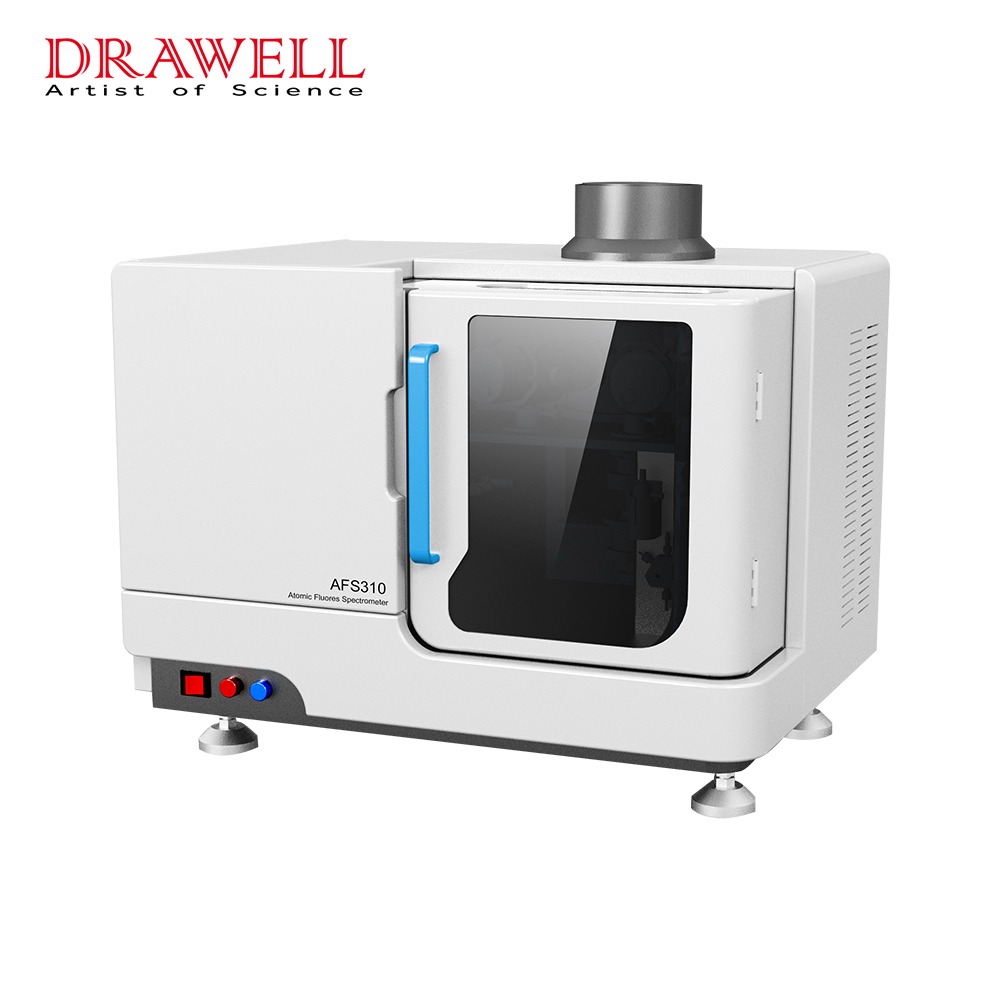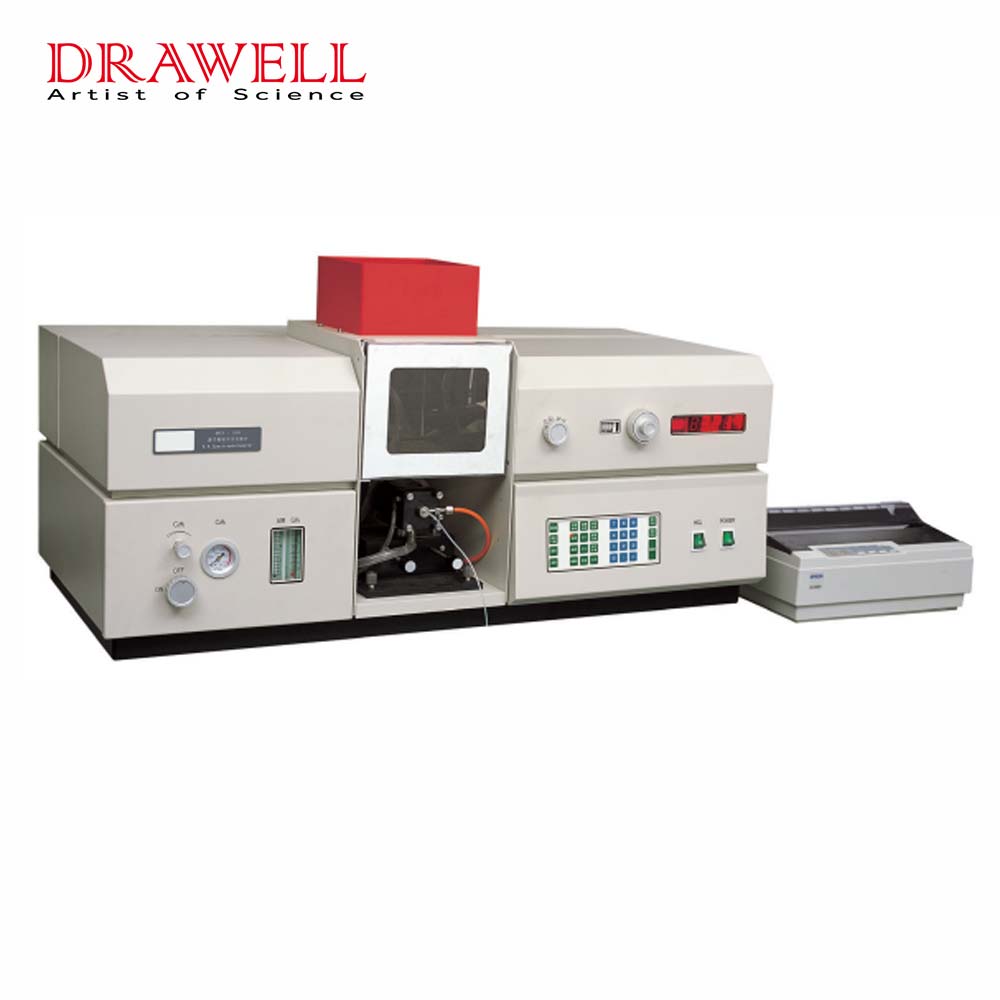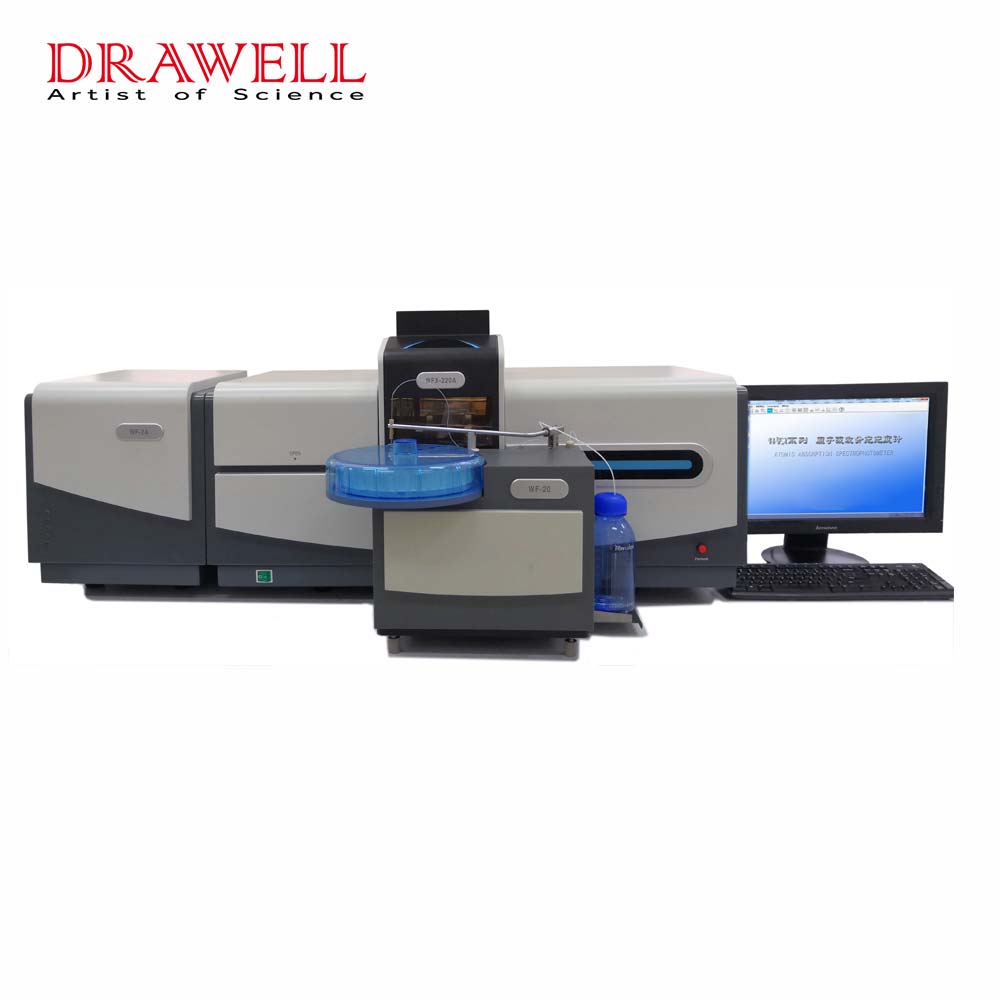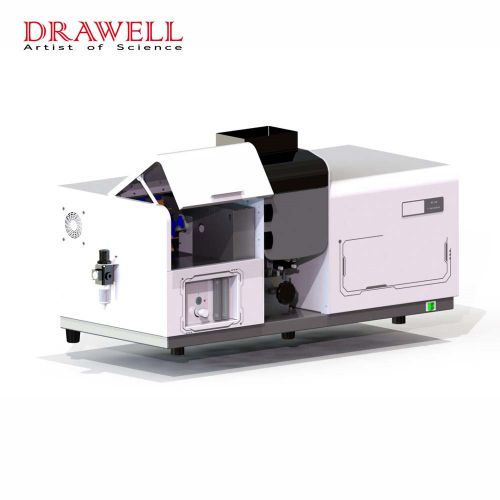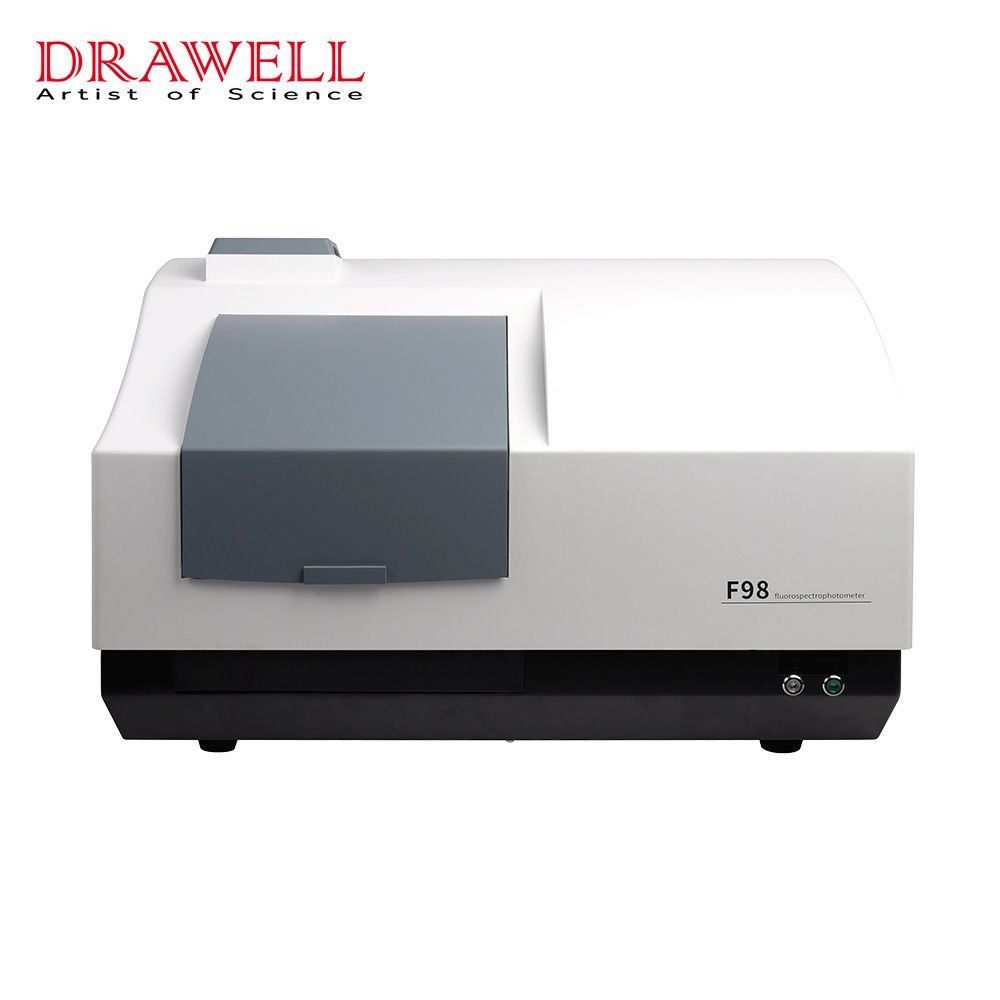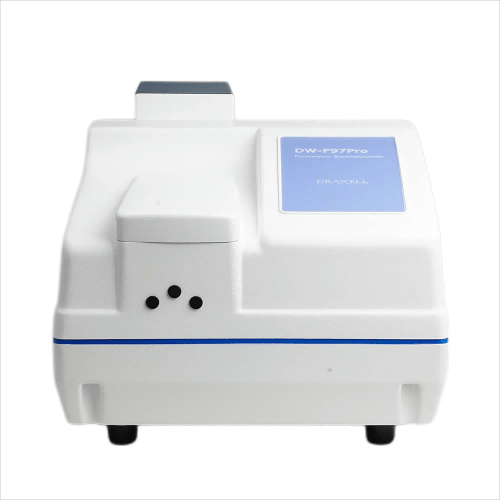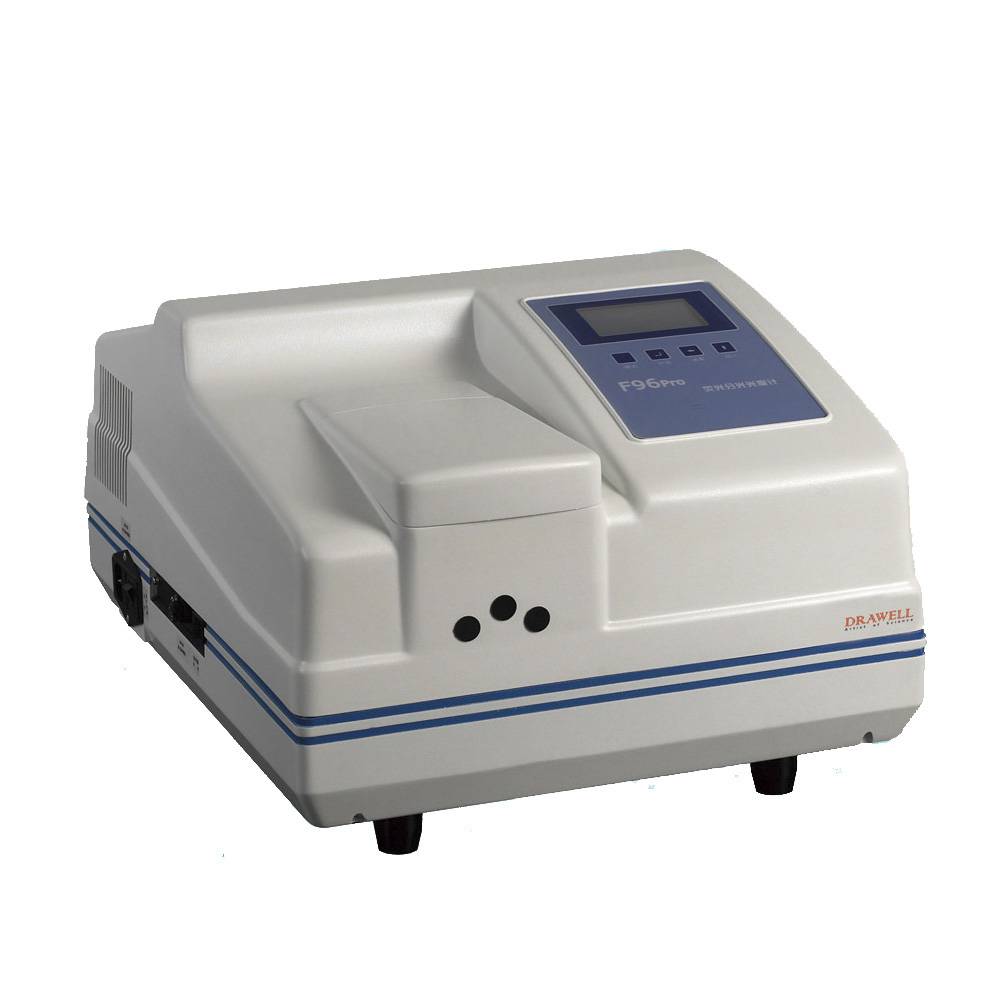Microspectrophotometers and nanospectrophotometers are advanced analytical instruments that offer unique advantages for the analysis of samples at the microscale and nanoscale, respectively. These instruments have revolutionized the field of spectroscopy by providing enhanced spatial resolution, compatibility with microfluidic systems, real-time measurements, and the ability to analyze small sample volumes. In this article, we will explore the advantages of both microspectrophotometers and nanospectrophotometers, highlighting their distinct features and applications.
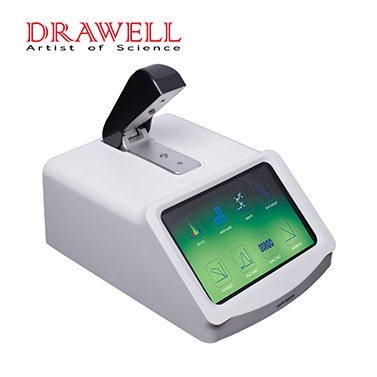
Advantages of Microspectrophotometers and Nanospectrophotometers
Advantages of Microspectrophotometers
Microspectrophotometers offer several advantages over traditional spectrophotometers. Here are the key advantages of microspectrophotometers:
- Analysis of Microscale Samples: Microspectrophotometers are specifically designed to analyze microscale samples, allowing for precise characterization and analysis of small features or localized regions within a sample. This is particularly beneficial in fields such as microfluidics, materials science, biotechnology, and forensic analysis.
- Enhanced Spatial Resolution: Microspectrophotometers provide higher spatial resolution compared to traditional spectrophotometers. They can measure spectra at specific points or regions within a sample with high precision. This allows for detailed analysis of small structures, microarrays, or microfluidic devices.
- Compatibility with Microfluidic Systems: Microspectrophotometers can be integrated with microfluidic platforms, enabling real-time analysis of samples flowing through microchannels. This compatibility facilitates high-throughput analysis, dynamic monitoring of chemical reactions, and precise measurements of samples in microfluidic devices.
- Multimodal Analysis: Many microspectrophotometers offer the ability to combine spectrophotometry with other analytical techniques such as fluorescence imaging, Raman spectroscopy, or microscopy. This integration of multiple techniques provides complementary information and a comprehensive characterization of samples, enabling researchers to gain a deeper understanding of the sample properties.
- Real-time and In Situ Measurements: Microspectrophotometers allow for real-time measurements, providing instantaneous data acquisition and analysis. This feature is particularly useful when studying time-dependent processes or reactions. Additionally, microspectrophotometers can be used for in situ measurements, enabling analysis within the sample’s native environment or under controlled experimental conditions.
- Sample Volume Requirements: Microspectrophotometers require smaller sample volumes compared to traditional spectrophotometers. This is advantageous when working with limited or precious samples, minimizing sample consumption and enabling analysis of small sample volumes.
- Wide Range of Applications: Microspectrophotometers find applications in various fields, including microfluidics, materials science, life sciences, nanotechnology, forensics, and more. They provide valuable insights into the optical properties, composition, and structure of microscale samples, contributing to advancements in research and development.
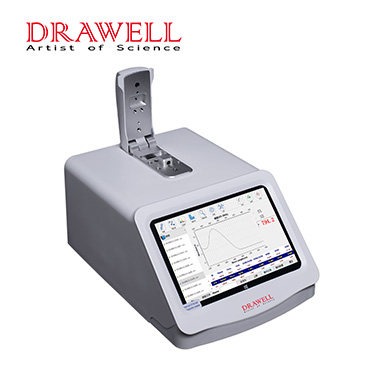
Advantages of Nanospectrophotometers:
Nanospectrophotometers offer several advantages over traditional spectrophotometers, especially when it comes to analyzing nanoscale samples. Here are the key advantages of nanospectrophotometers:
- Analysis of Nanoscale Samples: Nanospectrophotometers are specifically designed to analyze nanoscale samples, such as nanoparticles, nanomaterials, or biomolecules. They provide the capability to measure and characterize samples at extremely small scales, enabling detailed analysis of nanoscale features and properties.
- Superior Spatial Resolution: Nanospectrophotometers offer exceptional spatial resolution, allowing for measurements at highly localized points or nanoscale regions within a sample. This high spatial resolution enables the analysis of specific features, such as individual nanoparticles or nanoscale structures, with great precision.
- Small Sample Requirements: Nanospectrophotometers require minimal sample volumes, often in the nanoliter or picoliter range. This is particularly advantageous when working with precious or limited samples, such as rare nanoparticles or small quantities of biomolecules. The ability to analyze such small sample volumes reduces the sample consumption and allows for more efficient use of valuable materials.
- Nanomaterial Characterization: Nanospectrophotometers are well-suited for the characterization of nanoscale materials, including nanoparticles, quantum dots, nanowires, nanotubes, and nanocomposites. They provide valuable spectral information, allowing researchers to analyze the optical properties, size-dependent phenomena, surface plasmon resonance, and other characteristics of nanomaterials.
- Single-Molecule Spectroscopy: Nanospectrophotometers are frequently used in single-molecule spectroscopy, enabling researchers to study the behavior and properties of individual molecules. This technique provides insights into molecular dynamics, interactions, conformational changes, and other nanoscale phenomena that would be difficult to observe with traditional spectrophotometers.
- Wide Range of Applications: Nanospectrophotometers find applications in various fields, including nanotechnology, materials science, life sciences, biotechnology, pharmaceuticals, and more. They play a crucial role in the characterization and analysis of nanoscale samples, contributing to advancements in research, development, and quality control of nanomaterials and nanoscale systems.
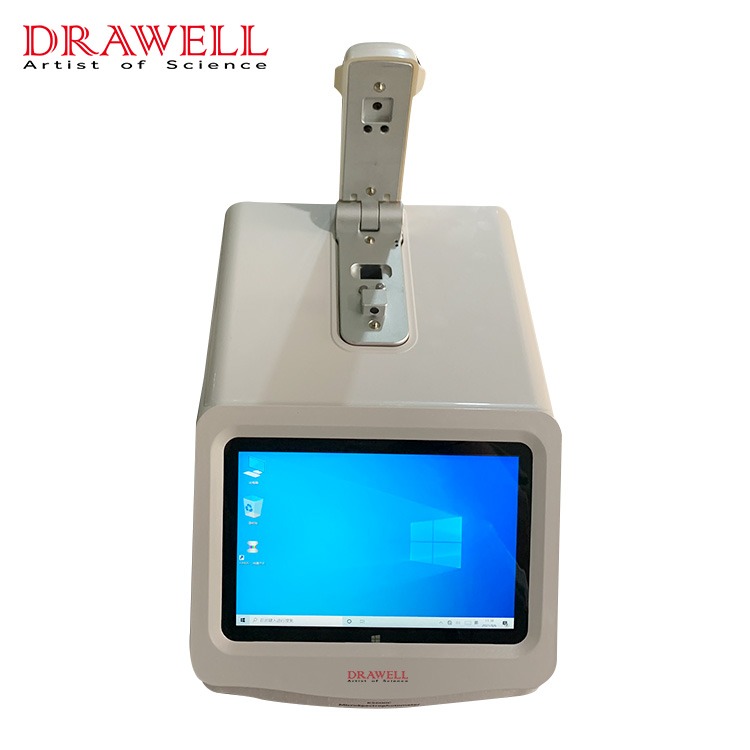
Conclusion
Microspectrophotometers and nanospectrophotometers have emerged as powerful tools in the realm of spectroscopy, offering numerous advantages for the analysis of microscale and nanoscale samples. Microspectrophotometers excel in providing high spatial resolution, enabling the analysis of small features and localized regions within samples. Their compatibility with microfluidic systems and real-time measurement capabilities open doors for high-throughput analysis and in situ studies. On the other hand, nanospectrophotometers offer exceptional spatial resolution, allowing researchers to probe nanoscale structures and study individual nanoparticles or molecules. The small sample requirements of both instruments minimize sample consumption and make them valuable tools for analyzing precious or limited samples.
These advantages have positioned microspectrophotometers and nanospectrophotometers as indispensable instruments in various fields, including materials science, life sciences, nanotechnology, and more. Their applications range from the characterization of microarrays, microfluidic devices, and nanomaterials to the study of single molecules and nanoscale phenomena. As research continues to push the boundaries of what can be achieved at the microscale and nanoscale, microspectrophotometers and nanospectrophotometers will undoubtedly play an increasingly vital role in advancing our understanding of the intricacies of these small-scale systems.

